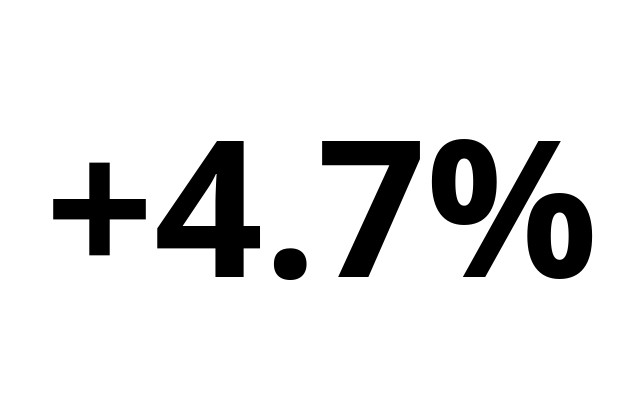In their question, Hansen and Lies referred to the recent OECD study which addressed the fact that the housing market remained a risk to the economy. “Strong population growth, coupled with a disproportionate increase in one- and two-person households, drives demand, while supply--that is, the construction of homes and housing--lags behind,” Hansen and Lies wrote.
Hansen and Lies wanted know how much uncultivated land was owned by natural or private legal entities and the breakdown thereof.
In Tanson’s response, she confirmed that updated results for 2016 show that there is a total area of approximately 2,846ha which could potentially be used for residential land, which includes both purely residential areas as well as 75% of mixed areas in various municipalities. She added that this “corresponds to a rather significant increase” of +127ha, or +4.7%, of the area with potential for housing construction.
Moreover, “private actors still very largely represent the majority of owners of the residential land”, she wrote. In 2016, 72.5% of available land was in the hands of individuals compared to 14.9% belonging to private companies, although current data could not provide more detail on the breakdown on private entreprise ownership.
A LISER research project currently underway should provide more details. It should also be able to determine the scale of landowner plots from as far back as 2004 that were, or have since been made available for housing but are currently vacant. However, it will be impossible to distinguish between agricultural land and other, undeveloped land, she added.
